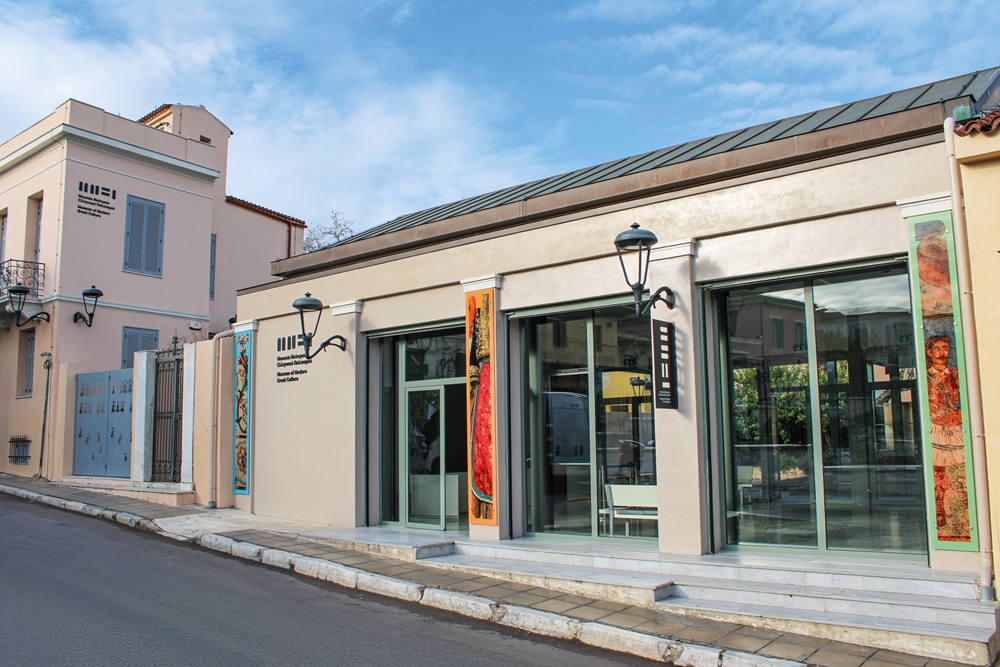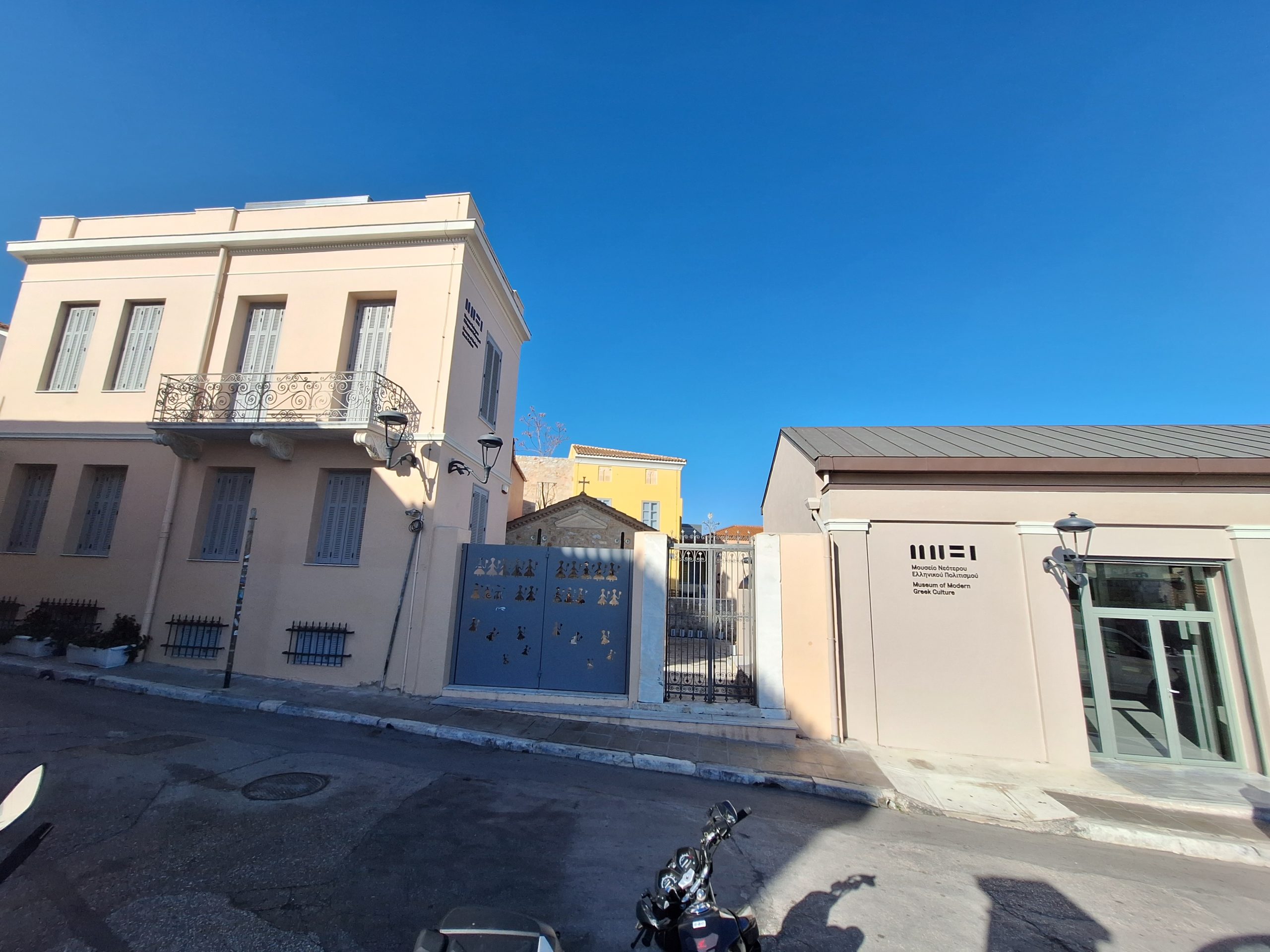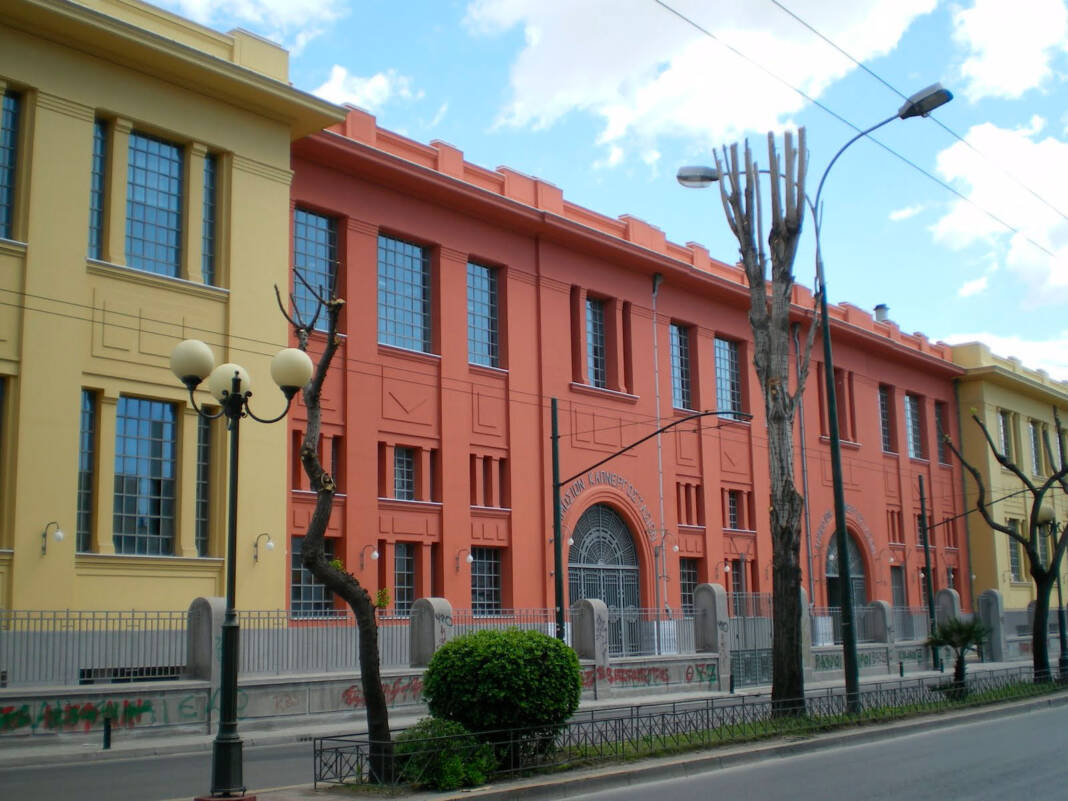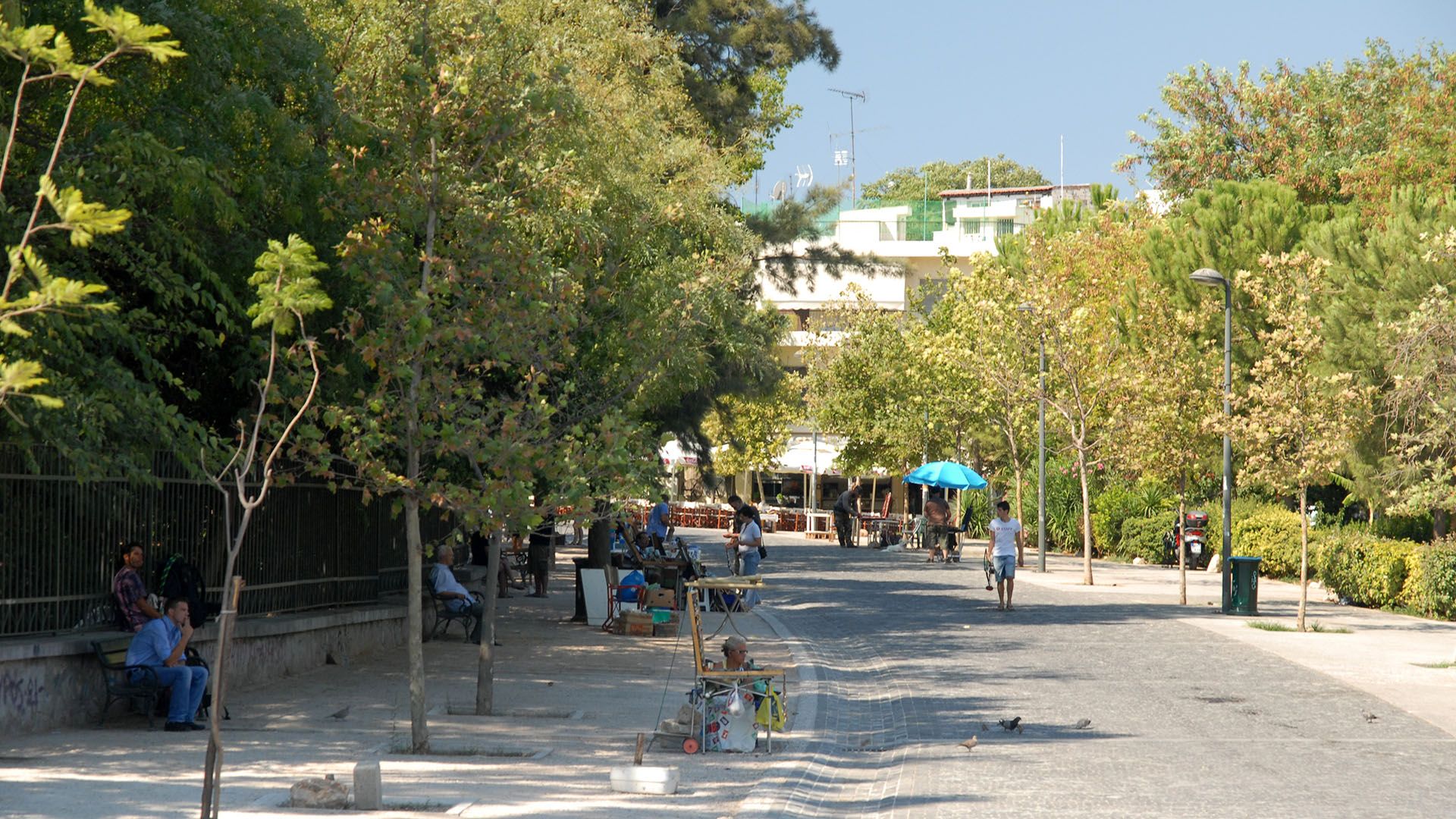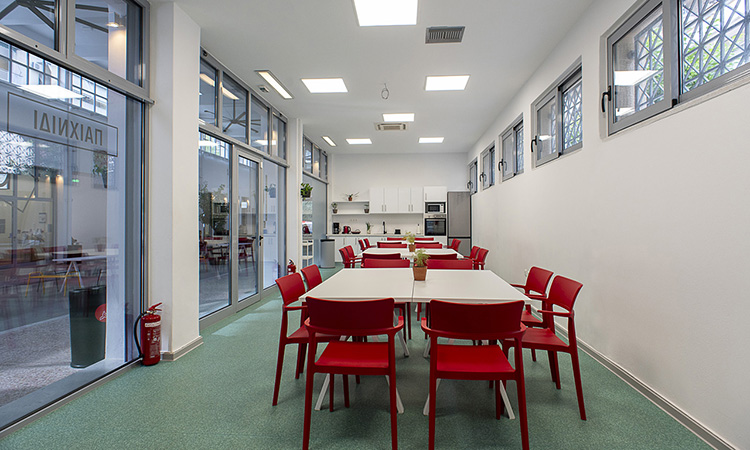Museum of Modern Greek Culture
Museum of Modern Greek Culture
The establishment of the Museum of Modern Greek Culture in 1918, under the name “Museum of Greek Crafts”, was directly related to a series of initiatives and developments that took place in the intellectual and political life of the place at the turn of the 19th and 20th centuries. At a time when the national question was in full swing and the proof of the timeless continuity of Greek culture was imperative, the newly established museum sought to fill a specific temporal gap in the invoked continuity, that is, the period from the fall of Constantinople to the establishment of the New Greek state.
The poet Georgios Drosinis, head of the Department of Letters and Arts of the Ministry of National Education and Religious Affairs at the time, was one of the founding members of the museum. Par excellence representative of the generation of 1880, with a rich literary and social work, he was strongly influenced by Nikolaos Politis and the shift towards the study of popular culture. In order to better organize the museum, a management committee was set up with the participation of archaeologists, literary and artistic personalities and representatives of craft associations. The painter Konstantinos Maleas was appointed as the first director.
The Mosque of the Lower Fountain or Tzistarakis Mosque, built in 1759, was given to the museum. The exhibition of the collection was organized in the Tzistarakis Mosque, which included objects of folk art and everyday use, which covered the period of the Turkish occupation and came not only from Greece, but also from all areas inhabited by Greeks. The collection of the new museum was built up through purchases and donations. During this period, antique dealers, Greeks and foreigners, were the main suppliers for its enrichment. The main criterion for the selection of the objects to be collected was their artistic and aesthetic value and their uniqueness. In 1923, the Museum of Greek Crafts was renamed the “National Museum of Decorative Arts”. Then and until 1926, Georgios Drosinis personally took over the management. His goal became “the creation of a national cosmetic art”. Objects from antiquity to the most recent times were collected in the museum in order to prove the continuity of Greek art. At the same time, many representatives of the interwar trend for the use of tradition, such as Angeliki Hatzimichalis, Aristotle Zachos, Dimitris Pikionis, etc., contributed decisively to the development of the museum. In 1931, following the example of European museums, the museum was renamed “Museum of Greek Folk Art”, only to return to the aims and contents of its former name in 1935. With the declaration of World War II, the museum was closed and its exhibits were transferred to the National Archaeological Museum, where they remained for many years. From 1956 the reorganization and the main period of development of the museum began.
At the beginning of 1958, the museum was opened to the public and in 1959, it changed its name again: it was renamed “Museum of Greek Folk Art”. During this period, the museum crystallized its character and the content of its collections. By the end of the 1960s, the mosque could no longer meet the exhibition requirements of a museum in constant development. In 1973, the main exhibition was moved to the building at 17 Kydathinaion Street. The Tzisdaraki mosque remained in use and housed the exhibition of Neo-Greek ceramics, with objects from the large donation of the Vassilis Kyriazopoulos Collection. Thus, a new period of expansion began for the Museum, as its central exhibition was gradually joined by the Bath House of the Wings (1998), the House at 22 Panos Street (2003) and the Museum of Greek Folk Musical Instruments – Phoebus Anogianakis Collection (2014). In recent decades, the Museum has gradually moved towards the documentation of traditional culture, which includes the influences it has received, its discontinuities, but also the recording of the elements of everyday material life.
The current orientation of the Museum’s collection policy and its documentary and interpretive approach made it necessary to change its name. Since 2018, it has been called the “Museum of Modern Greek Culture”. The central permanent exhibition of the Museum at 17 Kydathinaion Street and the Tzisdaraki Mosque ceased to function in 2014, as part of the works for the construction of the new Museum in the building block of Areos-Kladou-Vrysakiou and Hadrianou Streets. A new period in the history of the Museum begins.


